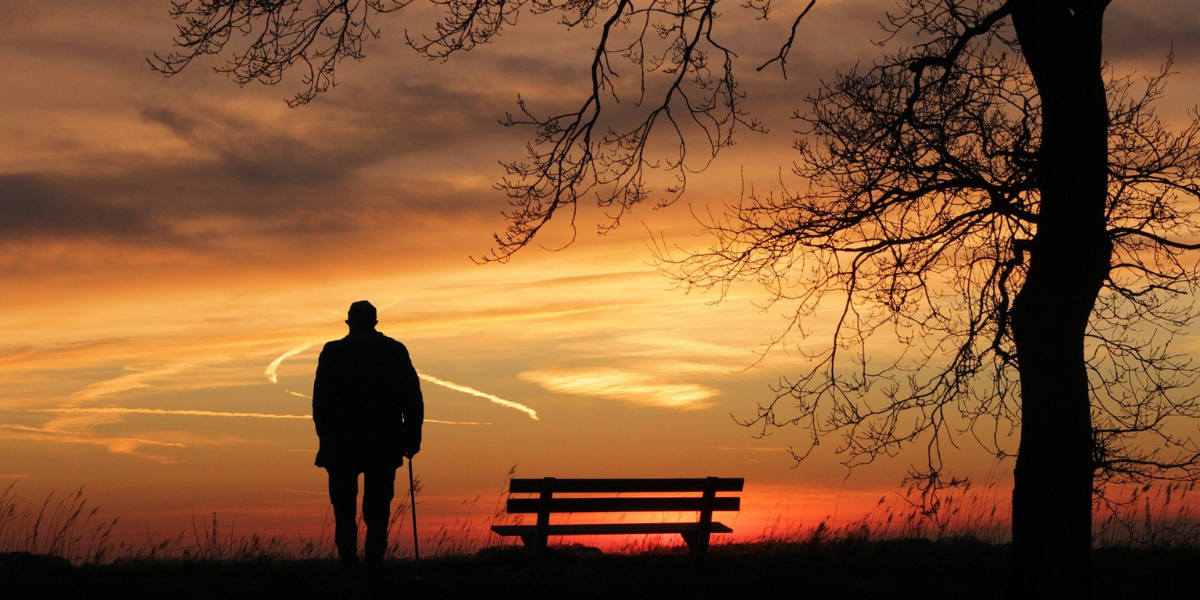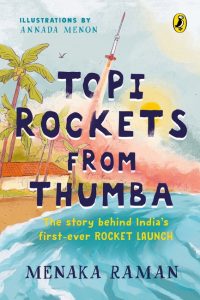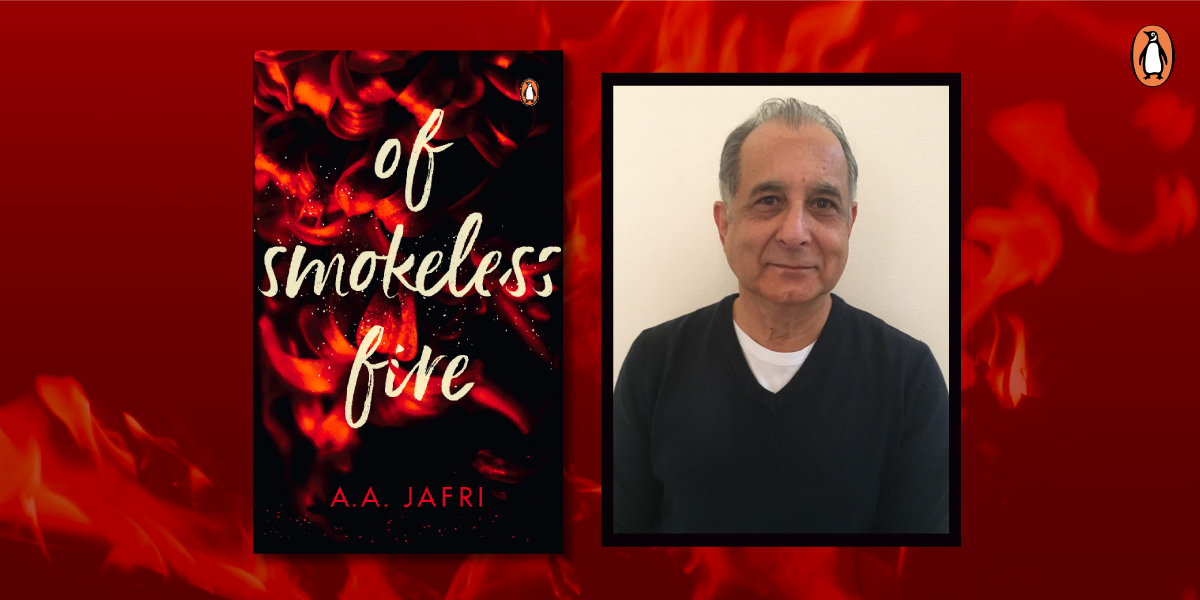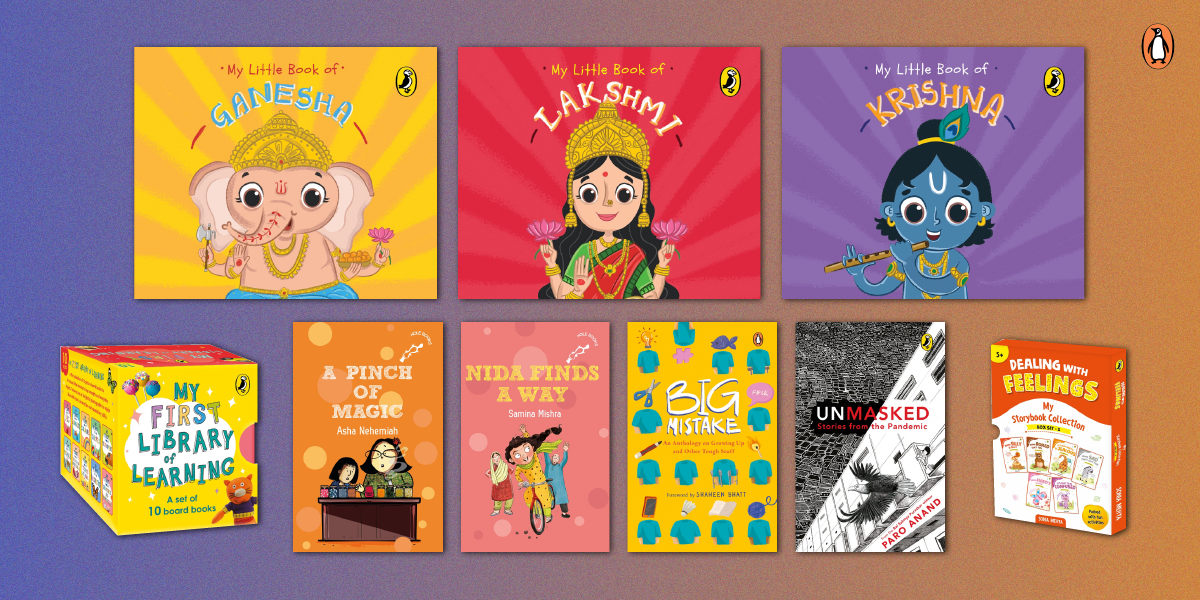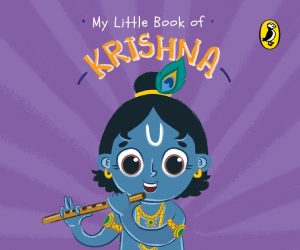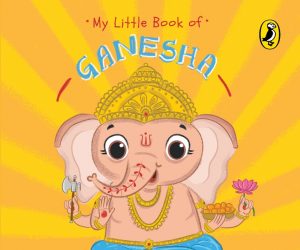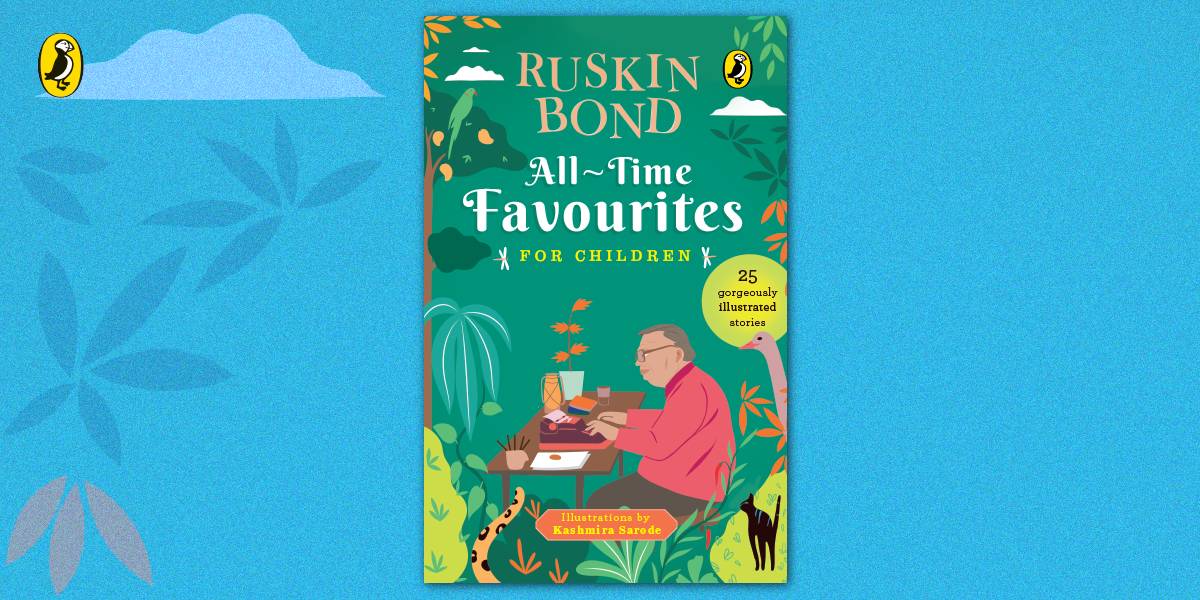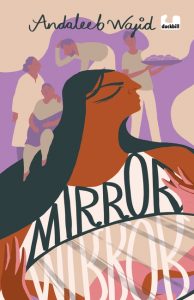L. Somi Roy is here with a collection of endearing and vibrant retellings of Manipuri myths told for the first time ever to the outside world! Do we know why man gets wrinkles and a stoop?
Here’s why! Scroll down for a short extract from one of the 12 fascinating tales from Manipur passed on by balladeers and grandmothers over hundreds and hundreds of years!

*
Finally, it was Man’s turn. Now, Man was very lazy and tardy and so he came very late to the gathering. He did not know what lifespans each of the animals, birds, fishes and insects had requested. As he came into the presence of his creator, Soraren looked at the latecomer with annoyance. Man said nervously, ‘Lord of the Sky, my Creator, I humbly request that my kind and I may live for fifty years. Please grant us a lifespan of fifty years.’
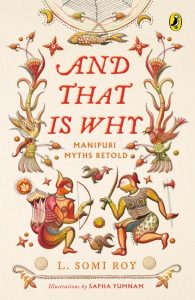
Very well,’ said Soraren in an irritable voice. ‘Your wish is granted. You, Man, shall have a lifespan of fifty years. And it is just as well since you are late and the last to come and I have only fifty years left to give out.’
And Man gratefully took the last remaining fifty years and hurriedly went along his way. And that is why, Dear Punctual One, you must never be lazy and always be on time.
After all the living beings had received their lifespans, they set out on their journey back to their holes and burrows and nests and houses on Earth. On the way, Man met Monkey and Elephant. Man asked them, ‘Monkey and Elephant, how many years did each of you ask for and how many were you granted?’
They replied, ‘We both asked for a lifespan of a hundred years each and it was granted. How many years did you ask for?’
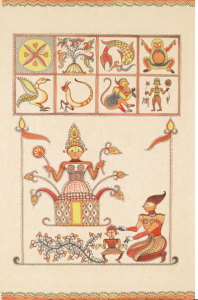
Hearing their reply, Man did not answer but started to cry instead. He wept loudly and large drops of tears rolled down his cheeks and snot ran from his nose. It was all really quite awkward, Dear Embarrassed One.
Seeing the very wet and messy and unhappy state Man was in, Monkey and Elephant did not know whether to be sorry or embarrassed for him. Finally, they asked, ‘Man, why are you crying?’
Man burbled through his tears, ‘I thought the Creator was angry with me since I was late. I was afraid. So, I did not ask for many years. I asked only for fifty years. And I got the last fifty years the Eternal Creator had left. And now I will have to die before you both.’ Saying this, Man sobbed all the more. He bawled even more loudly than before, if that was possible.
Monkey and Elephant rolled their eyes and looked at each other and said, ‘Do not cry any more, Man. We will each give you twenty-five years from our lifespans. This way, you will have one hundred years altogether to live.’ For, as everybody knows, Dear Arithmetical One, fifty and twenty-five and twenty-five make one hundred.
Man happily agreed. He wiped away his tears and Elephant helped him blow his nose with his long trunk. ‘Oh, thank you, Monkey and Elephant!’ said Man through his tears. ‘Let us go to the Eternal Creator. Let us tell him what we have spoken about and request him to give his approval to our arrangement.’
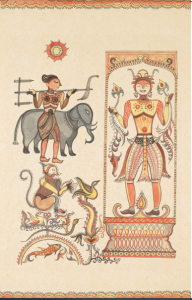
Monkey and Elephant agreed. Together with Man, they went back to Soraren and told him everything. Upon hearing their words, Soraren thought in silence. ‘Very well,’ he spoke at last. ‘If this is what you have all agreed upon, I will allow it. And I have no more years to hand out. Man will now live for one hundred years. For, as everybody knows, fifty and twenty-five and twenty-five make one hundred. But this lazy and tardy creature called Man must never forget the generosity and kindness of Monkey and Elephant. He must be reminded in the future, for all his tomorrows, and for all generations to come till the end of time, that the lifespan I had granted him was fifty years but that he received twenty-five years from Monkey and twenty-five years from Elephant.’
Soraren then looked at Man and declared, ‘Man, here’s the thing. You shall keep your looks and stand upright as I have made you for the fifty years that I first granted you. But once you cross the age of fifty and start to live the twenty-five years you have received from Monkey, your skin will wrinkle and fold like Monkey’s so that you may never forget you are living his years. And once you cross the age of seventy-five and start to live the twenty-five years you have received from Elephant, your back will bend and you will stoop like Elephant so that you may never forget you are living his years. Let this be so.’
And that is why, Dear Curious One, once Man has lived his fifty years, he gets wrinkles like the Monkey, and once he has lived seventy-five years, he gets a stoop like the Elephant.
*







